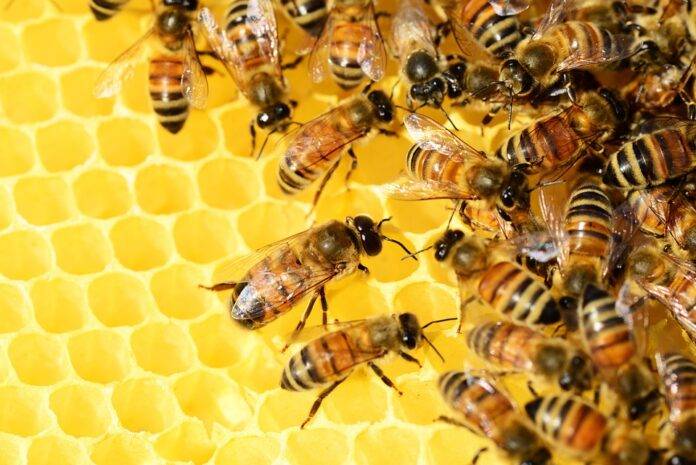Introduction
Climate change and bee health are two crucial factors that significantly impact the honey supply and market prices. As the global climate continues to change rapidly, it has a direct effect on the availability of flowers and nectar for bees, which in turn affects their health and honey production. In this report, we will explore how these two factors intersect and influence the honey industry, including the financial implications for honey producers and market prices.
Climate Change and Honey Supply
Impact on Flowering Seasons
One of the primary ways in which climate change affects honey supply is by altering the timing of flowering seasons. Rising temperatures and changing weather patterns can lead to shifts in when flowers bloom, disrupting the natural cycle that bees rely on for nectar collection. This can result in decreased honey production as bees struggle to find enough food sources to sustain their hives.
Loss of Habitat
Climate change also contributes to the loss of bee habitats, as extreme weather events such as floods, droughts, and wildfires destroy critical foraging areas for bees. The destruction of natural habitats further diminishes the availability of flowers and nectar, leading to a decline in honey production. Additionally, the loss of biodiversity due to climate change can reduce the variety of nectar sources available to bees, impacting the quality and flavor of the honey produced.
Bee Health and Honey Production
Impact of Pesticides
The health of bee populations is closely linked to the use of pesticides in agriculture. Pesticides, particularly neonicotinoids, have been implicated in the decline of bee populations worldwide. Exposure to these chemicals can weaken bees’ immune systems, making them more susceptible to diseases and parasites. This ultimately affects the overall health of bee colonies and their ability to produce honey.
Parasites and Diseases
In addition to pesticides, parasites and diseases also pose significant threats to bee health and honey production. Varroa mites, in particular, are a major concern for beekeepers as they feed on bee larvae and transmit viruses that can decimate entire colonies. The prevalence of diseases such as American foulbrood and chalkbrood further exacerbates the challenges faced by bee populations, leading to decreased honey production.
Financial Implications for Honey Producers
Increased Production Costs
The impact of climate change and bee health on honey production can result in increased costs for honey producers. Beekeepers may need to invest in additional resources to mitigate the effects of climate change, such as providing supplemental food sources for bees or implementing pest management strategies. These added expenses can cut into profit margins and make honey production less economically viable for producers.
Fluctuating Market Prices
The challenges faced by honey producers due to climate change and bee health issues can also lead to fluctuating market prices for honey. Decreased honey supply resulting from climate-related disruptions and bee health problems can cause shortages in the market, driving up prices for consumers. Conversely, an oversupply of honey due to improved bee health or favorable weather conditions can lead to lower prices and reduced profitability for producers.
Industry Insights and Trends
Shift Towards Sustainable Practices
In response to the challenges posed by climate change and bee health issues, many honey producers are increasingly adopting sustainable practices to ensure the long-term viability of their operations. This includes implementing bee-friendly farming methods, reducing pesticide use, and promoting biodiversity to support healthy bee populations. By prioritizing sustainability, producers can help mitigate the impacts of climate change and protect bee health, ultimately ensuring a stable honey supply for the market.
Consumer Demand for Organic and Local Honey
As awareness of the importance of bee health and environmental sustainability grows, consumer demand for organic and locally sourced honey is on the rise. Consumers are seeking out honey products that are produced using environmentally friendly practices and support the well-being of bee populations. This trend towards organic and local honey is reshaping the honey market, with producers who prioritize sustainability and transparency in their operations gaining a competitive edge.
Conclusion
In conclusion, climate change and bee health are critical factors that influence the honey supply and market prices. The interconnected nature of these issues underscores the need for proactive measures to address the challenges facing honey producers and bee populations. By implementing sustainable practices, promoting biodiversity, and supporting bee health initiatives, the honey industry can adapt to the changing climate and ensure a stable supply of high-quality honey for consumers.




